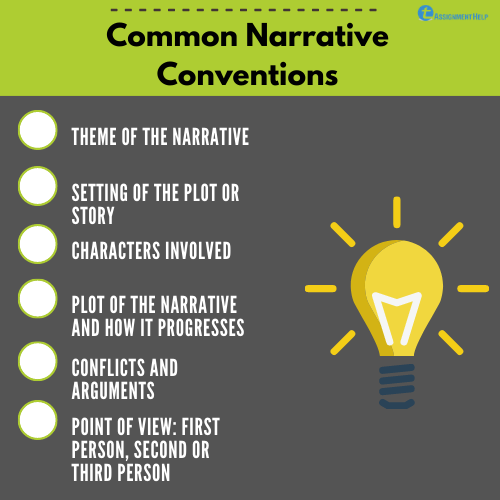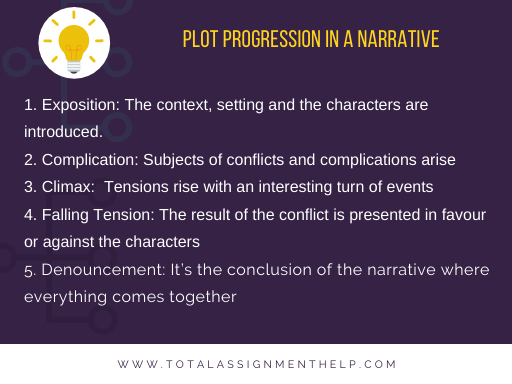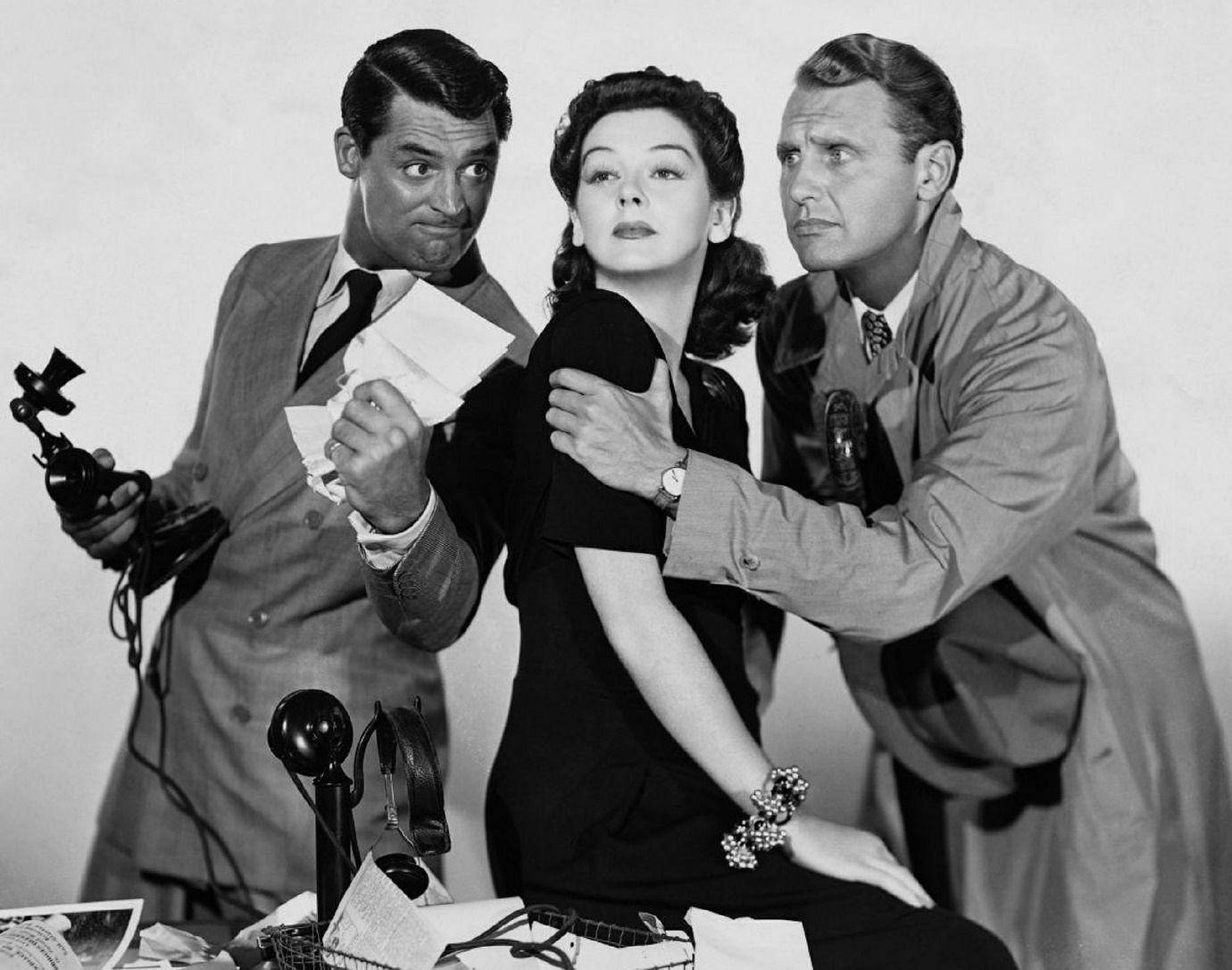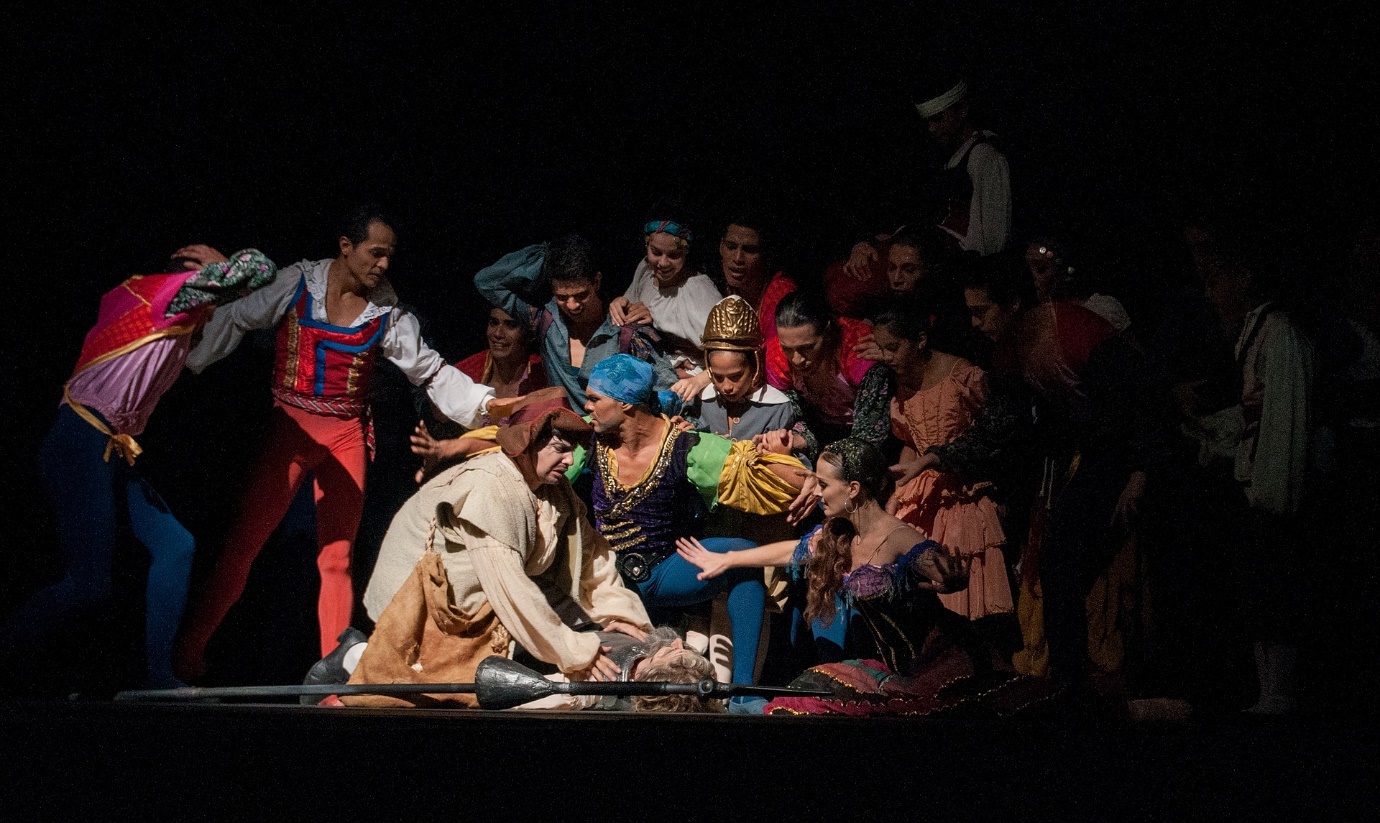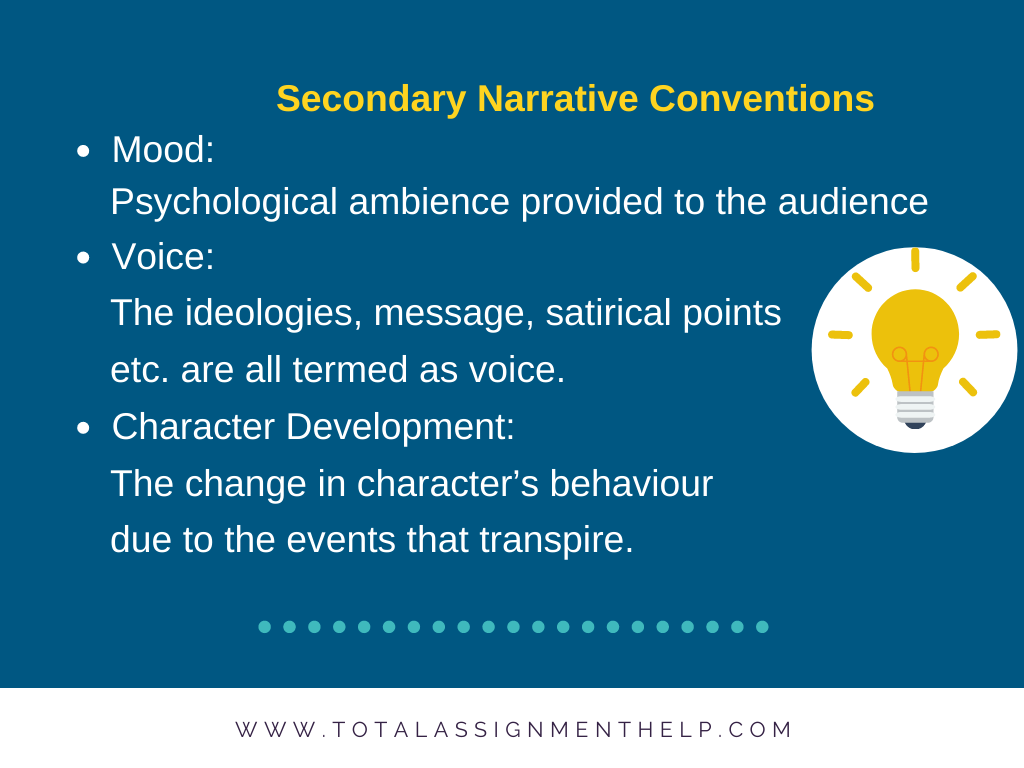Narrative Conventions: A Total Guide
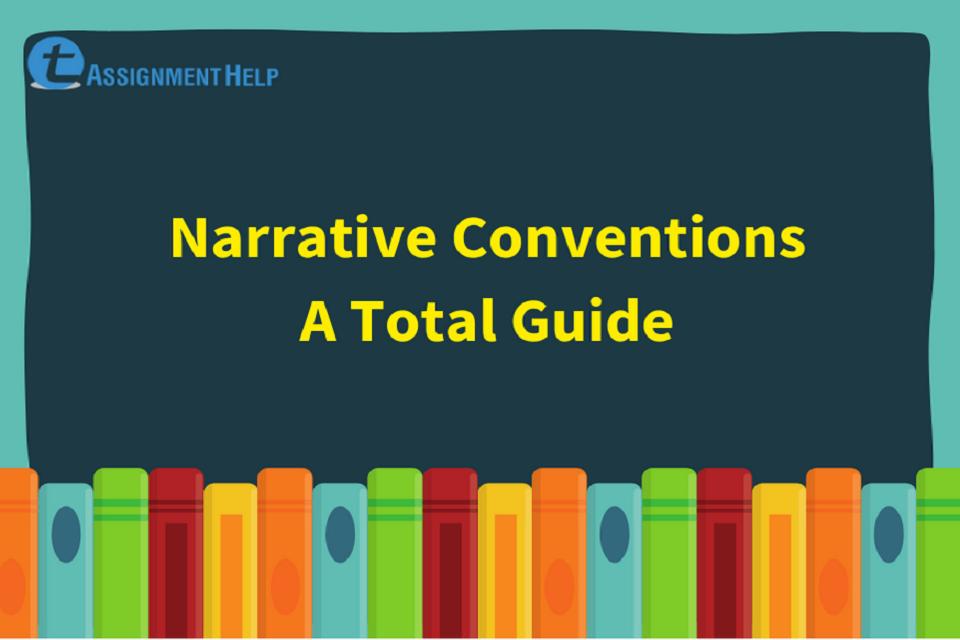
The narrative conventions are used in the English literature to provide a contextual flow in describing the associated events. Most of the literary works like stories, novels, dramas, poetries, narratives, etc. are drafted using the tools of narrative conventions. The tools of narrative conventions could be disintegrated into a plethora of classifications.
The narrative conventions could be classified as primary narratives and secondary narratives. The primary narrative conventions make an inclusive effect over the whole literature, and secondary narrative conventions impact only on some selected section of the literature. It is upon the writing skill of the author, which determines where to use the primary and secondary tools of narrative conventions. We recommend our readers to master all the narrative conventions since it would help them in conveying more profound concepts while drafting the literature.
Subscribe our YouTube channel for more related videos
The use of narrative conventions would help the writer in grabbing the attention of the reader throughout the presented literature because it helps the reader to visualize the narrated situation. In the discipline of English literature, narrative conventions are also termed as literary devices.
|
Primary Narrative Conventions |
|
|
Conflict 1. Against the society 2. With self. 3. With another person 4. With the environment. Setting 1. Destination setting. 2. Period setting Theme 1. Core theme 2. Motifs 3. Symbol Plot Development 1. Denouncement 2. Exposition 3. Falling Tension 4. Complication 5. Climax |
Descriptive Language 1. Figurative Language 2. Imagery 3. Sensory Imagery Characters 1. Antagonist 2. Protagonist Characterization 1. Interaction and relationships 2. Appearance 3. Thoughts 4. Behaviour 5. Dialogues Point of View 1. First Person 2. Second Person 3. Third Person |
Conflict
By using this tool of narrative communication, the conflicts between the comprised characters could be effectively displayed in the literature. Below are listed down some of the contexts in which the tools of conflict narrative conventions could be implied.
Against the society
The context majorly signifies the instances in which the main character tries to struggle against the evil approaches of societal factors. The cases like corruption, crimes, moral misappropriation, etc. are taken majorly as the factor which causes conflict with the character in the literature. It is the protagonist in the literature who frequently enters into a conflict with society. The tool would be much useful in the context when a character is forced to comply with the moral framework laid down by society.
With Self
When the person goes through conflict with his own psychological process and is under regular introspection, this tool of the narrative convention is the most appropriate one to be implied. The context majorly signifies a situation when the character is in a dilemma to select in between good and bad choices. This tool helps the author in displaying emotional instances in a very effective way before the audience.
With another person
The context in this instance would be majorly the conflict between the protagonist and antagonist. The author is required to display strong hatred between the two characters. The tools could also be used in a subtle context like indirect conflicts between the characters.
With the environment
The impact of natural calamities on the characters could be visualized by using this tool of narrative conventions. The conflict happens majorly because the characters are not able to meet their targets because of the natural interferences. The significant examples of its implication could be traced in ancient literature like Troy and Odysseus.
Setting
The tool of setting is significant for the drafted literature since the whole context is built on its foundation. Variation in setting could even change the entire pitch of the storytelling. The tool of storytelling could be described as the backbone of the literature. All the elements in the story are linked together by setting the narrative conventions.
Destination setting
The tool is used to signify the place in which the mentioned story develops. It is a very crucial tool in developing the foundation of the story. The destination could be signified by a country, city or even a small room.
Period setting
The period in which the described story takes place is specified by using this tool of narrative conventions.
Theme
Core theme
It is on the core theme of the literature that the whole narration of the literature is based upon. The theme of the literature determines the entire tone and style of narration.
Motifs
The elements with contextual prominence, which frequently emerges in the storyline come under the category of motifs.
Symbol
Any factor in the literature which signifies any object, character, and place could be termed as a symbol. The writer could change the perspective of the reader by implying the tool of symbol narrative conventions. They play a significant role in providing clarity to the theme of the selected literature.
Plot Development
Exposition
The initial section of the narrative could be classified under this division. It could also be termed as the introduction of the drafted literature. The writer makes a good effort to introduce the context, involved characters, contained settings, etc. in the section of the exposition.
Complication
The seriousness of the narration increases at the stage of exposition. The existence of various conflicts is introduced in the stage of complication. The reader would get a mild idea about the events which may happen later in this stage of narration. The stage of status quo gets disturbed among the characters in this stage.
Climax
A turning point is introduced in the third stage of the literature. It is in the climax section that the reader knows whether the results are in favour of or against the intentions of the protagonist.
Falling Tension
The end results are already revealed by this stage. The tension between the antagonist and protagonist significantly decreases in this stage. The stage makes the platform for the conclusion of the whole literature.
Denouncement
Denouncement is the final stage of literature and is often called a conclusion. The writer provides all the after-effects of the events narrated in the earlier section of the literature. It depends upon the writing style of the author, which determines whether the reader could get a satisfactory conclusion in the denouncement section of the literature.
Descriptive language
The tools under the descriptive language are used by the writers to increase the engagement level of the literature towards the readers. The writer tries to match with the inclination and taste of the reader by implying the tools of descriptive language in the presented literature. The author takes a chance to match his viewpoint with the perception of the reader by using descriptive language tools.
Figurative language
The tools which are used to present hidden meaning rather than the literal meaning comes under the classification of figurative language. The use of figurative language brings quality to the literature. It ensures the engagement of the reader with the presented literature since a considerable emphasis is needed to understand the figurative language. The rich use of hyperbole, simile, personification, metaphor, etc. should be used by the writer to imply the figurative language.
Imagery
The tool of imagery is used by the writer to create a visual image of a particular scene before the audience. It is one of the useful narrative conventions tools which come under the classification of descriptive language.
Sensory Imagery
The author tries to invoke the intelligence and feelings of the audience.
Characters
The terms used to describe the characters mentioned in the storyline of the literature comes under the classification of characterization. It is the antagonist and the protagonist in the storyline which are commonly conducted for the characterization in the literature.
Antagonist
The negative character or the villain is considered to be an antagonist in the literature. The preferences and course of action would be opposite to that of the protagonist. The whole storyline witnesses the skirmishes in between the antagonist and the protagonist. The writer tries to create a negative image of the antagonist before the audience so that a perception of disgust regarding the character could be created among the audience.
Protagonist
It is the protagonist who leads the storyline, and it is around this character that the whole context revolves around. It is the activities and the decisions made by the protagonist that leads to the various advancements in the plot.
Characterization
The writer needs to build a relation between the characters and the audience. For this, the author uses the tool of characterization that could be further classified into: –
|
Direct Characterization |
Indirect Characterization |
|
The characters in the storyline are directly introduced by the author before the readers. |
The introduction of the characters before the audience is done in a very subtle way, and the audience has to derive their perception regarding it. |
Interaction and relationship
The personality and the temperament of the character are determined by analyzing the relations maintained with other characters in the storyline.
Appearance
The appearance of the character could provide a lot of details regarding their personality. The factors related to the appearances like body language, clothing, style of writing, etc. would provide a high clarity regarding the background of the characters.
Thoughts
The insecurities, beliefs, perception, etc. of the character would provide a strong image among the audience.
Behaviour
The behaviour of the character is equally significant to understand the thought process retained by them. The common behaviour of the character reveals a lot about the environment from where the character comes from.
Dialogues
The details like the environment in which the character was brought up, native land, family background, etc. could be obtained by analyzing the dialogues.
Point of View
The narration of the storyline could be done by the author from three different points of views, first-person, second-person, and third person.
First-person
The whole storyline is being narrated from the point of view of the protagonist in this approach. The first-person approach would enable the writer to provide detailed information regarding the thought process, preferences, family background, etc. before the audience. However, the information provided by this approach may be a little biased towards the justifications of the protagonist. The use of the first-person pronouns and the reflective explanation could be widely seen in this approach.
Second person
The author assumes himself as the constant presence on every occasion of the storyline. The partiality hence could be avoided by the author in this style of narration.
Third Person
The approach is very similar to that of the second person narration, but the narrator is omniscient in this case. The narrator knows every character’s mental process and can provide a subjective justification from each perspective. The third-person pronouns like they, she, he, etc. could be widely seen in the third-person perspective.
Secondary narrative conventions
Tone
The style of authors could be determined by the tone of narration in particular literature. The authors could take any tone as per their convenience. It could be peaceful, romantic, persuasive, etc. as per the context and character demands in the instance. The point of view of the current character in the plot would create an immense impact on the tone of the narration. Heavy variations in tone could be observed when the point of view of the narrator changes. Whereas the first person could make a dynamic tone in a particular instance, the third person would be more neutral and calmer while the narration of the same instance. The use of appropriate tone in particular scenes would grab the attention of the audience.
Character Development
The engagement of the audience could only be ensured if the development of the character is done properly and systematically. The whole plot becomes lifeless in the absence of character development. There is no point of including dull characters in a story play which demands a lot of action and drama.
Mood
Readers often misinterpret mood with the tone of the literature. The mood is the psychological ambience which is provided to the audience with the narration. The mood of a literary work could be controlled by the effective use of descriptive language tools like imagery.
Voice
The art presented in front of the audience also holds its own innate voice like that the authors retain in themselves. The major theme, ideologies, messages, etc. conveyed to the audience via the literature could be termed as its voice. The whole point of presenting the literature will go in vain if the voice doesn’t reach the audience. The original intention and the thought process of the author could be assessed by just analyzing the voice of the literature.
We have discussed both the primary narrative conventions and the secondary narrative conventions in this article. Whereas the evidence of the primary narrative conventions could be traced throughout the literature, the use of the secondary narrative conventions could only be seen at limited places. We have tried our best to provide a valid discussion on the narrative convention. We hope that you have found this article useful. Thank You.
Total Assignment Help
Incase, you are looking for an opportunity to work from home and earn big money. TotalAssignmenthelp Affiliate program is the best choice for you.
Do visit : https://www.totalassignmenthelp.com/affiliate-program for more details
Total Assignment help is an online assignment help service available in 9 countries. Our local operations span across Australia, US, UK, South east Asia and the Middle East. With extensive experience in academic writing, Total assignment help has a strong track record delivering quality writing at a nominal price that meet the unique needs of students in our local markets.
We have specialized network of highly trained writers, who can provide best possible assignment help solution for all your needs. Next time you are looking for assignment help, make sure to give us a try.
Looking for Assignment Help from Top Experts ?
Get the best Assignment Help from leading experts from the field of academics with assured onetime, 100% plagiarism free and top Quality delivery.

